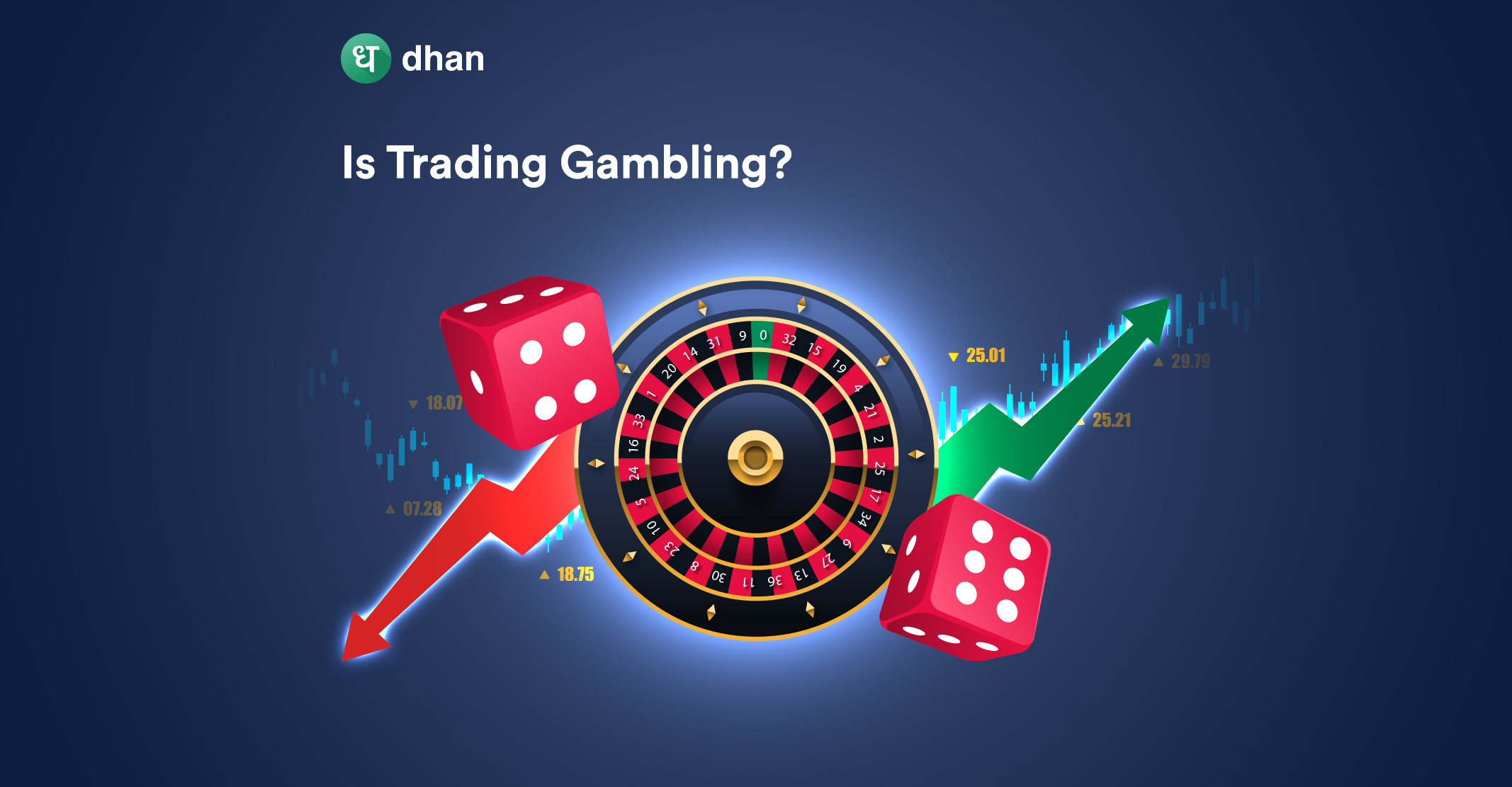A futures contract allows you to lock the price of a stock, commodity, or currency pair. You as a trader may do this for two reasons. Either you want to speculate on the underlying asset and make a profit. Or, you want to protect an existing position.
The latter is known as hedging in the futures market. You choose to lock in the price because you do not know what will happen in the future. This concept of hedging has been active for a very long time in online futures trading.
What is Hedging in Futures Market?
Let’s say you own a stock that’s trading at Rs. 100. You expect the price of the stock to drop to Rs. 80 as per your technical analysis because of factors like poor earnings, dwindling economic conditions, or others.
But the stock price hasn’t dropped just yet. It is expected to in the coming weeks or months. What should you do? Hedge! The concept of hedging is simple. You protect an asset by purchasing or selling another, thereby limiting the risk.
Hedging is always an opposite trade (investment). In the example above, selling the stock at a loss is unfavorable. Instead, you enter into a futures contract that gives you the right to sell the stock at Rs. 110 at a later date, regardless of the market price of the same stock at that time.
While hedging is popular amongst retail traders, it is much more commonplace in institutions. Think of a large airline that purchases thousands of oil barrels. They will look to keep the cost of buying oil at a minimum.
If OPEC decides to cut oil supply, then the airline will be in hot water because the price of oil will likely shoot up. Thus, they’ll enter into a futures contract to buy oil at a price that makes sense for them.
How to Hedge using Futures Contract?
Hedging in the futures market is applicable for long positions and short positions as well. Here’s what both terms mean:
- Going Long: Buying an underlying assuming the price will go up
- Going Short: Selling an underlying assuming the price will go down
There are various hedging strategies using futures that involve going long and short. Here’s one of them.
1. Hedging by Going Long
Company X in the automobile industry wants to purchase 1 lakh tonnes of steel over a 6-month period for its car production. To protect itself from volatile moves in steel, company X locks its price in the futures markets.
Let’s say company X agreed to purchase steel at Rs.10,000 per tonne in the futures market. This will reduce the company’s risk and it will be able to purchase steel at Rs.10,000 per tonne irrespective of the price of the steel six months after.
This not only helps a company to keep production costs under control but also gives certainty to the company regarding the price of the steel.
2. Hedging by Going Short
The opposite position can be taken by the supplier of the steel to protect themselves from any adverse price movements. Since they’ll be selling, their position will be termed as going short.
In this case, the seller may be worried about the price of steel going down so the arrangement makes sense for both parties, although neither is obligated to go through with the trade.
The main benefit for both parties is they mitigate the risk of uncertain future prices of the commodity. By locking in a price and time, you are guaranteeing exposure to a particular asset at a specific price.
Who Uses Hedging in Futures Market?
Futures contracts are mostly used by companies having direct exposure to commodities and by Foreign Portfolio Investors (FPIs) who may carry out hedging with index futures to protect their long positions.
Futures contracts are exchange-traded and require MTM (Mark to Market) marking, where each day’s gain or loss must be settled. However, there are swaps and forwards used widely by sophisticated investors in OTC markets.
These contracts can be customized according to participants’ needs, but they are vulnerable to a liquidity crisis and counterparty risks. You as a retail trader can opt to hedge your portfolio with exchange-traded futures contracts.
Risks of Hedging in the Futures Market
There are two types of risk in the futures market which are as follows:
- Systematic risk
- Unsystematic risk
Systematic risk is macroeconomic-related risk and cannot be mitigated using diversification, however, it can be hedged.
Whereas, the unsystematic risk can be mitigated through diversification but is difficult to hedge. Future hedging strategies always work best when you are trying to hedge the risk of the same underlying.
One thing to take note of is knowing the technicality of the futures market and the upfront margin required to initiate the futures position.
Ultimately transaction costs, margin, and liquidity play a big role in deciding the portion needed to be hedged. Thus, it is important to understand this nitty-gritty before diving into the market for hedging your positions.
Conclusion
You must’ve understood the meaning of hedging in futures market. It’s simply the act of protecting one or more of your assets against risk (downside) by taking an opposite position which can be profitable at a later date.
Hedging plays an important role in several strategies used by retail traders and institutional investors/companies. Understanding the various future hedging strategies can help you become a well-rounded trader.



